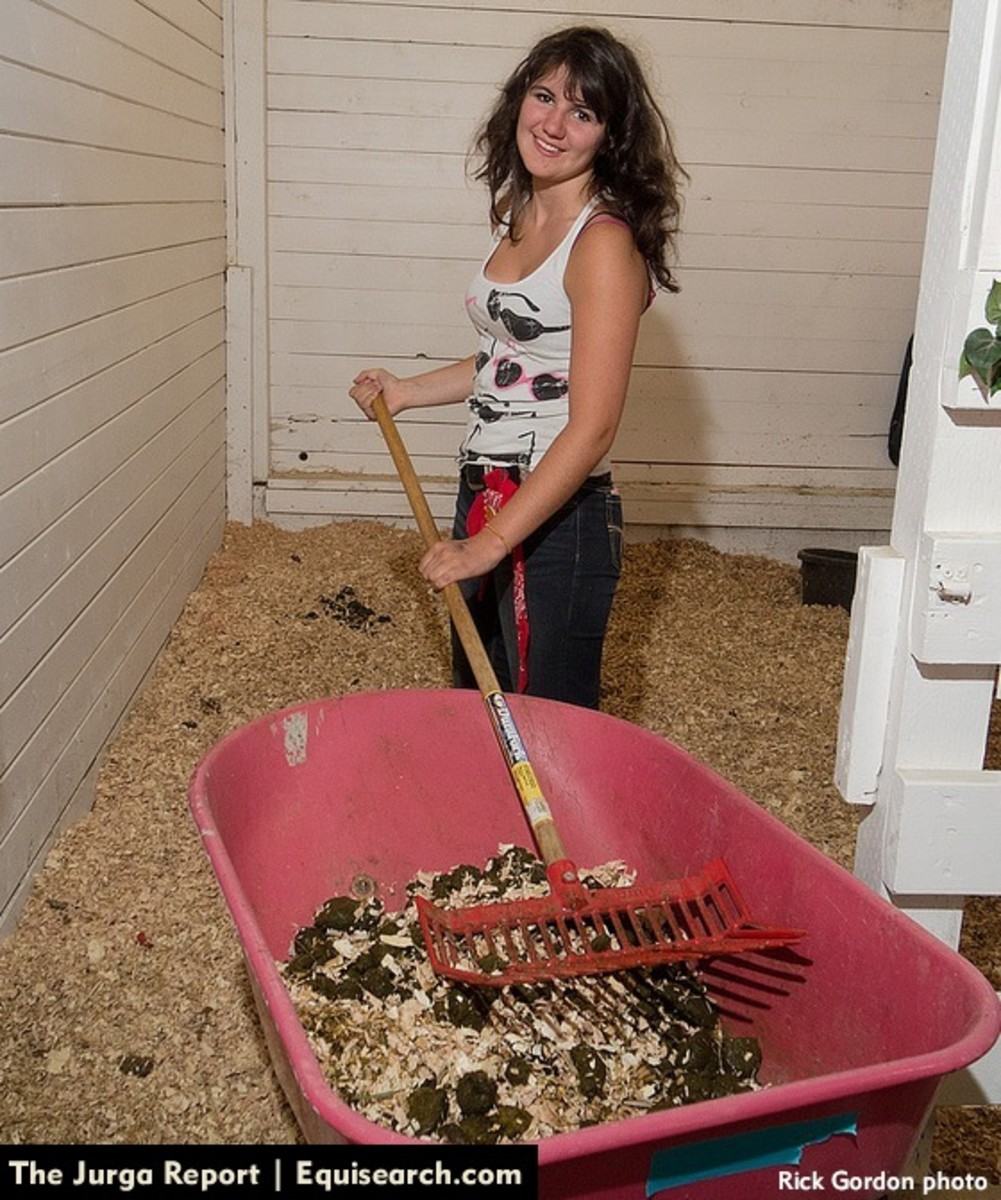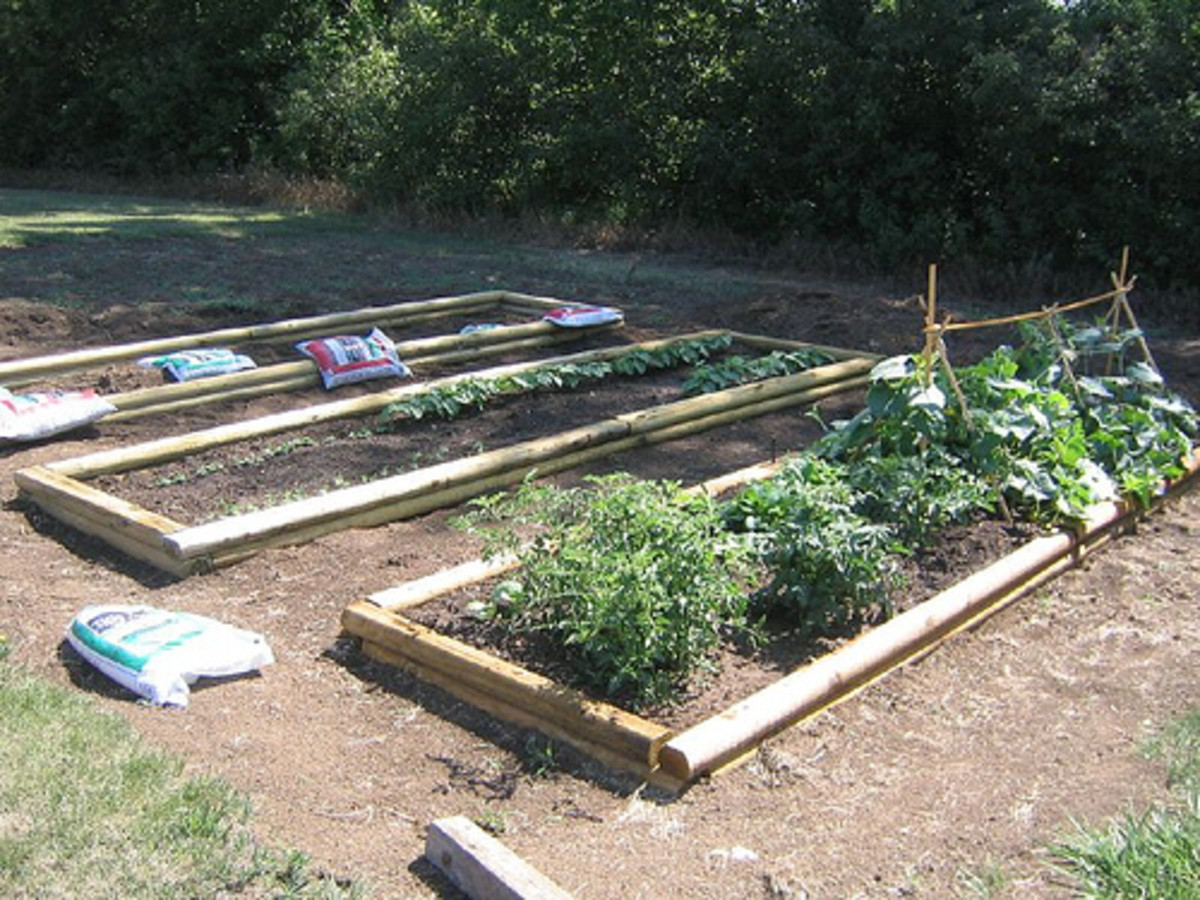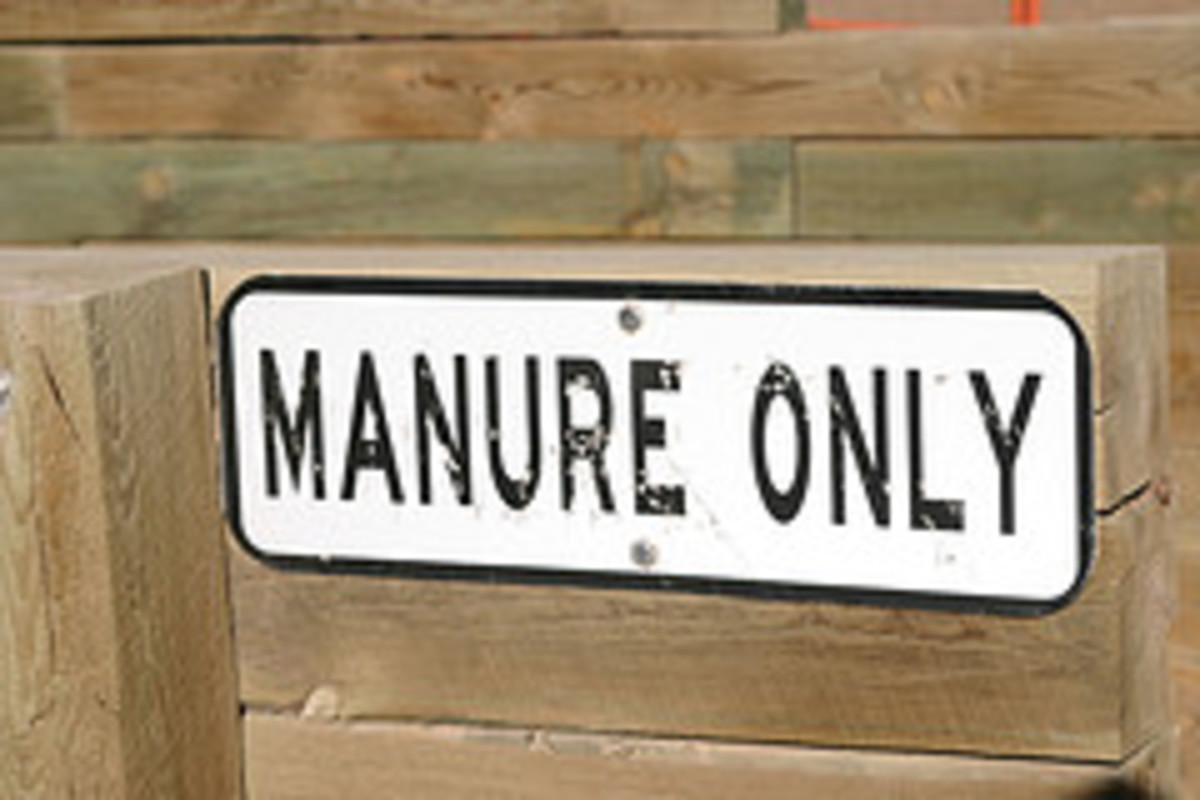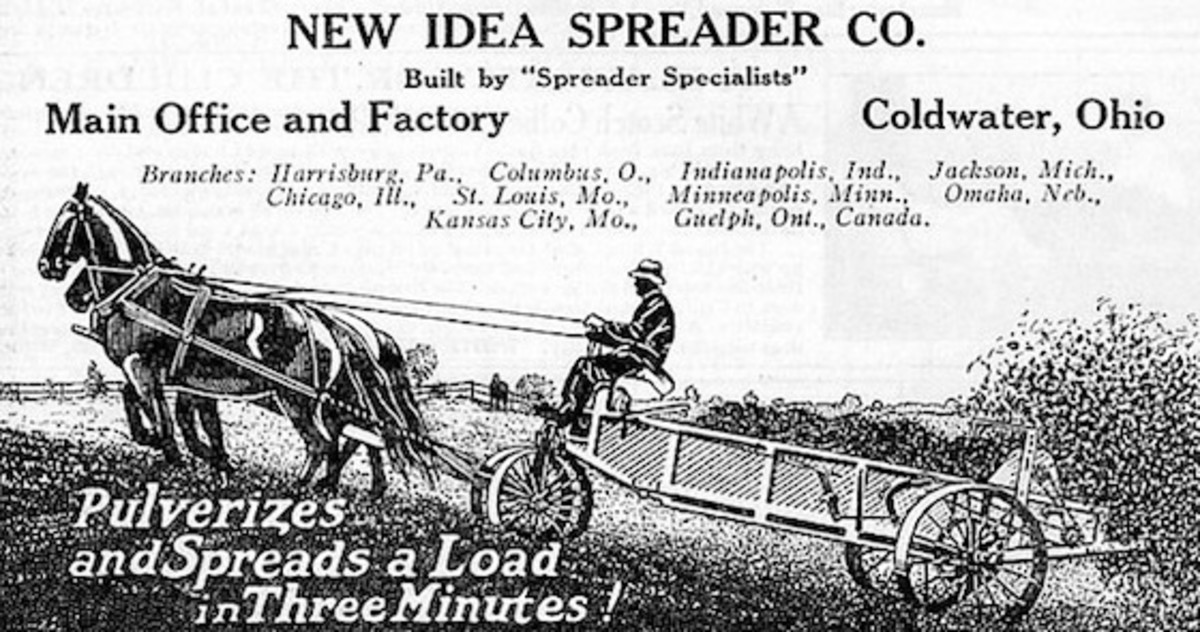The Horse-Owning Gardener’s Dilemma: Is Compost from the Manure Pile Safe for Vegetables?
- March 10, 2017
- ⎯ Fran Jurga
It’s spring and a gardener’s thoughts turn to…compost.

And if you’re a gardener who’s also a horse owner, you’re glancing at the manure pile with some pretty big questions on your mind.
Many of us get around the questionable use of horse manure on gardens by using it on flowers. Day lillies seem to love nothing more than horse manure. But what about my tomatoes?
I’ve queried my Facebook friends annually for their ideas on whether they are using composted horse manure on their vegetables. The reaction is mixed; many who keep their horses at home and know exactly how healthy their horses have been say that they feel safe in using well-composted horse manure. Others explain that it costs them nothing, so it’s their choice, in spite of possible risks. Still others warn not to use it at all.
Should farm and showgrounds biosecurity precautions be extended to the manure pile? Maybe one day they will. And maybe stallmuckers will be wearing plastic suits…or at least surgical gloves. I’ve even wondered about what chemicals might be in the bedding or sawdust that are available to use at some fairgrounds.
Today, the University of California at Davis School of Veterinary Medicine checked into the discussion, before the last snowbanks have even melted here in Massachusetts.
Michele Jay-Russell, a veterinarian and research microbiologist at the?Western Institute for Food Safety and Security (WIFSS) and program manager of the?Western Center for Food Safety(WCFS), recently co-authored a study that highlights the need to be aware of the hazards associated with using raw animal manure to fertilize home gardens. (Read full article here.)
The basis for the study began in July of 2010 when a Shire mare from a rural Northern California farm was brought to UC Davis’s?William R. Pritchard Veterinary Medical Teaching Hospital for treatment of colic. Following protocol, the veterinarians on call screened the horse for?Salmonella to avoid infecting other horses during hospitalization.

The mare tested positive and, after successful treatment for colic, went home. Her owners then notified the veterinarians that some of their other draft horses were sick as well?all eight were tested and six came back positive for the same?Salmonella Oranienburg strain including the mare that still had the infection.
Jay-Russell heard about the case from her colleague John Madigan, professor of medicine and epidemiology at the school. The farm’s owners invited Jay-Russell and Madigan to the farm to see if they could uncover the source of the?Salmonella infection.
At the farm, they sampled water from horse troughs, manure storage piles, wild turkey feces, and soil from the family’s edible home garden where raw horse manure had been used as fertilizer.
Each of those locations had a percentage of positive samples over the sampling period from August 2010 to March 2011.
“We showed the owners how to continue collecting samples and provided them with a Fed Ex number to ship them to UC Davis,” Jay-Russell said. “During that whole time, the garden soil kept coming back positive, which showed that this strain of?Salmonella could persist for months.”

While the researchers couldn’t be completely certain about the original source of?Salmonella on the farm, they suspect that a recent surge in the wild turkey population on the property introduced the bacteria to the horses; the turkeys were pooping in the horse corrals and in the water troughs. They speculated that the wild turkeys brought the?Salmonella onto the property, although they couldn’t rule out the possibility that the birds were exposed on the farm or to other potential sources of?Salmonella.
“What is clearer is that the raw horse manure applied as fertilizer was the most likely source of garden soil contamination,” Jay-Russell explained. “We suspect that the damp climate in Mendocino County may have contributed to the longevity of this bacterium in the soil long after the owners stopped applying the horse manure to the garden. Fortunately, the owners didn’t get sick, but our investigation showed the potential for widespread dissemination of?Salmonella in a farm environment following equine infection.”
To promote safe gardening practices, Jay-Russell has teamed with Trevor Suslow, a Cooperative Extension food safety specialist in the UC Davis Department of Plant Sciences, to speak to groups of small farmers around California about best practices. They also use a brochure in English and Spanish, “Food Safety Tips for Your Edible Home Garden,” that includes information about safe uses of animal manure and ways to minimize animal fecal contamination.

“It’s good to let people know about the risks and to correct misinformation about ways to treat the compost pile before using it in the garden,” Jay-Russell said. “The biggest take home message from this experience is to be very careful about using manure from sick horses?and to be cautious about offers of free manure. You don’t know what’s in there. Commercial compost should be bought from a reputable source.”
She urges gardeners to take a class and learn how to compost correctly and safely. Each county in California has a farm advisor and many have University of California Extension specialists on hand as well.
It’s funny, but the experts at UC Davis confirmed what my sage Facebook friends had been saying all along. They’ll be happy to hear that their manure may be safe to use, with caution, if they are absolutely certain their horses have been healthy. Even then, you have to wonder about the local wildlife (wild turkeys are increasing around here, too) and the time or two you had horses visiting, or you cleaned out your friend’s horse trailer.
Safe composting should result in aged manure that will be perfect for a garden; fresh manure still doesn’t belong on anything but day lillies!
Additional resources:
UC Davis?Center for Produce Safety
Portions of this article were supplied by the University of California at Davis School ?of Veterinary Medicine.





